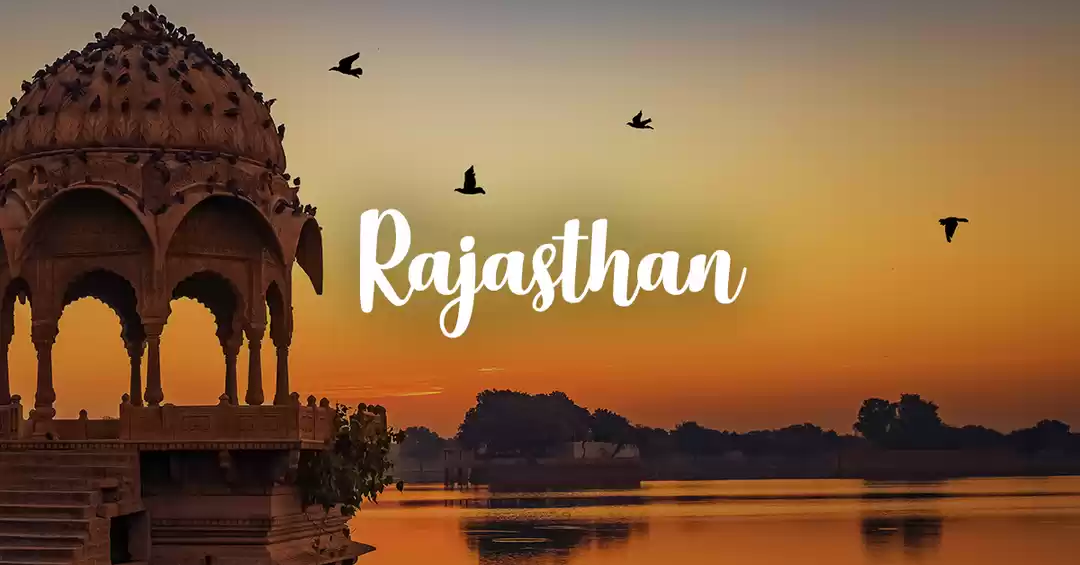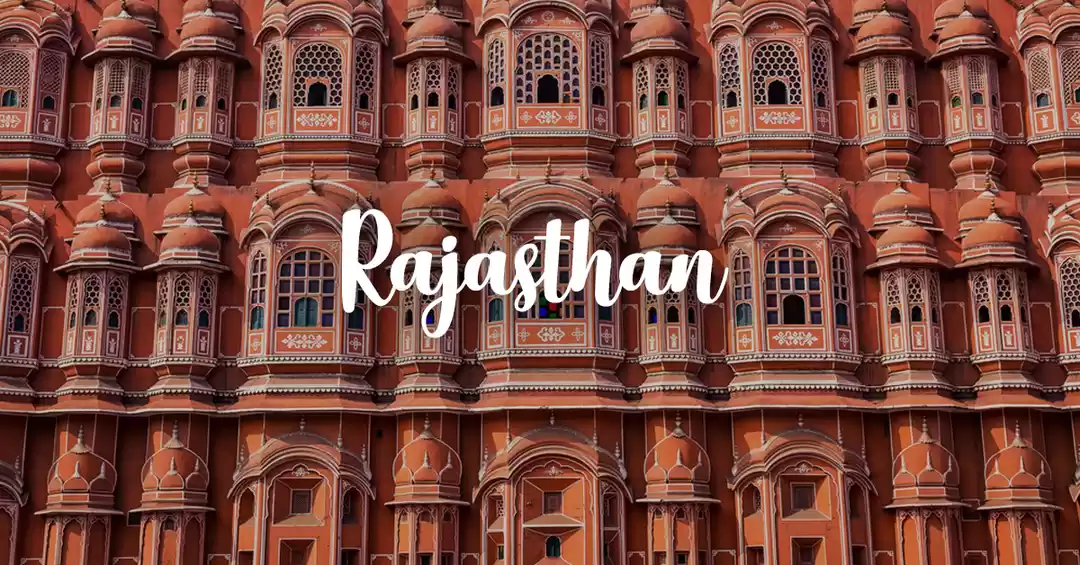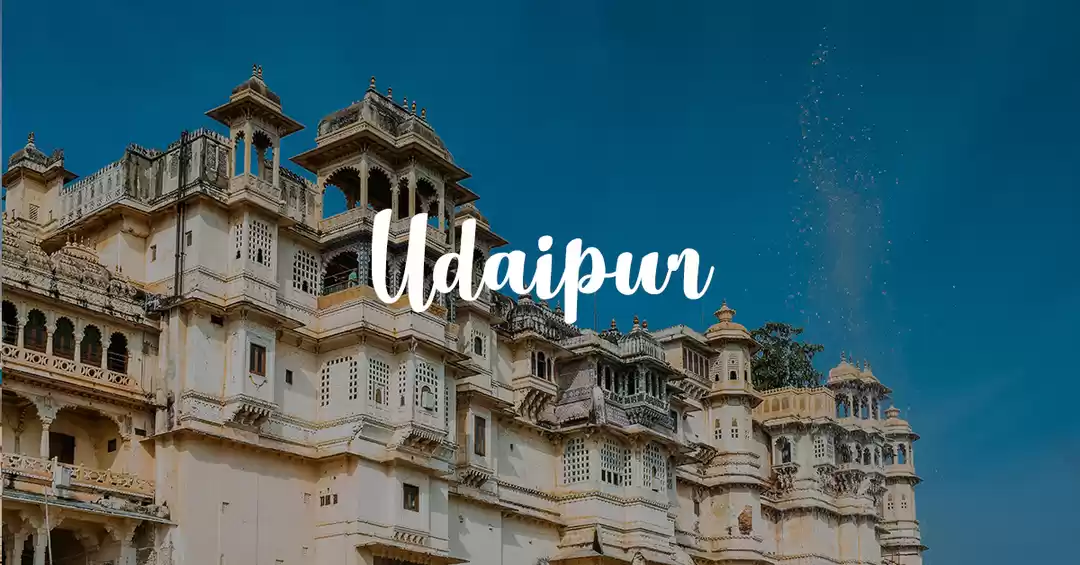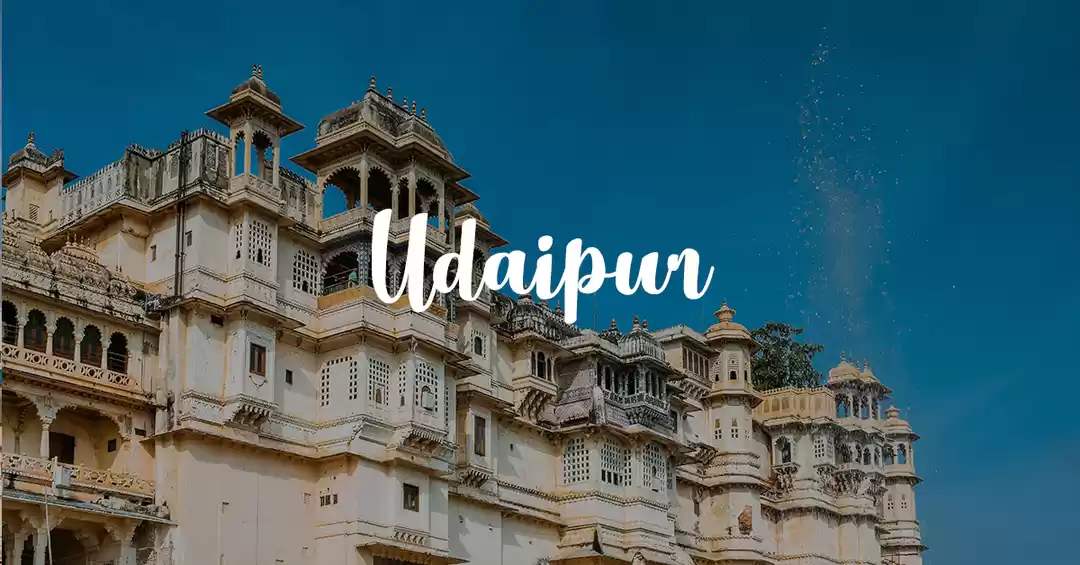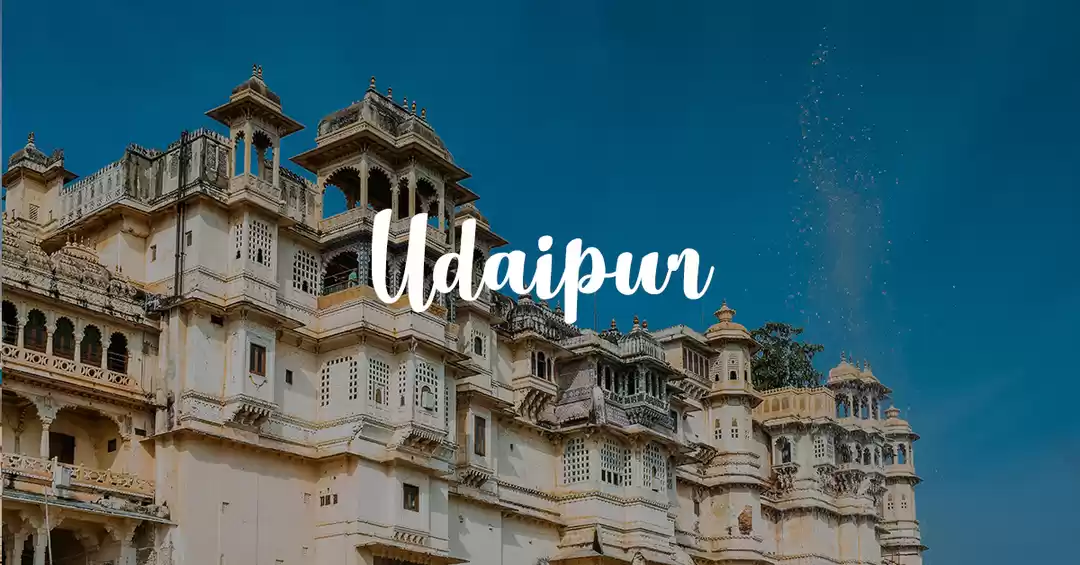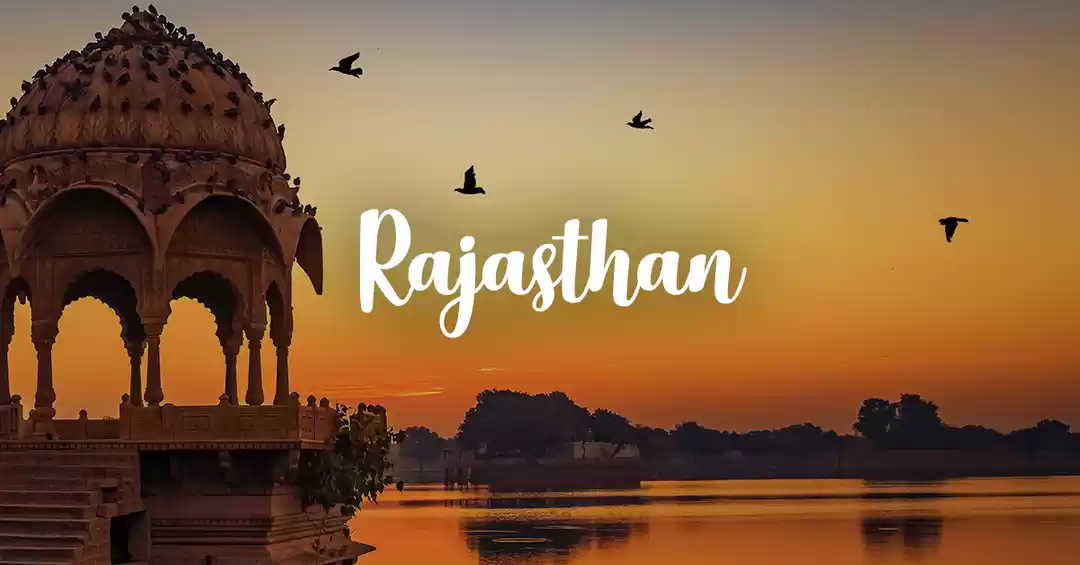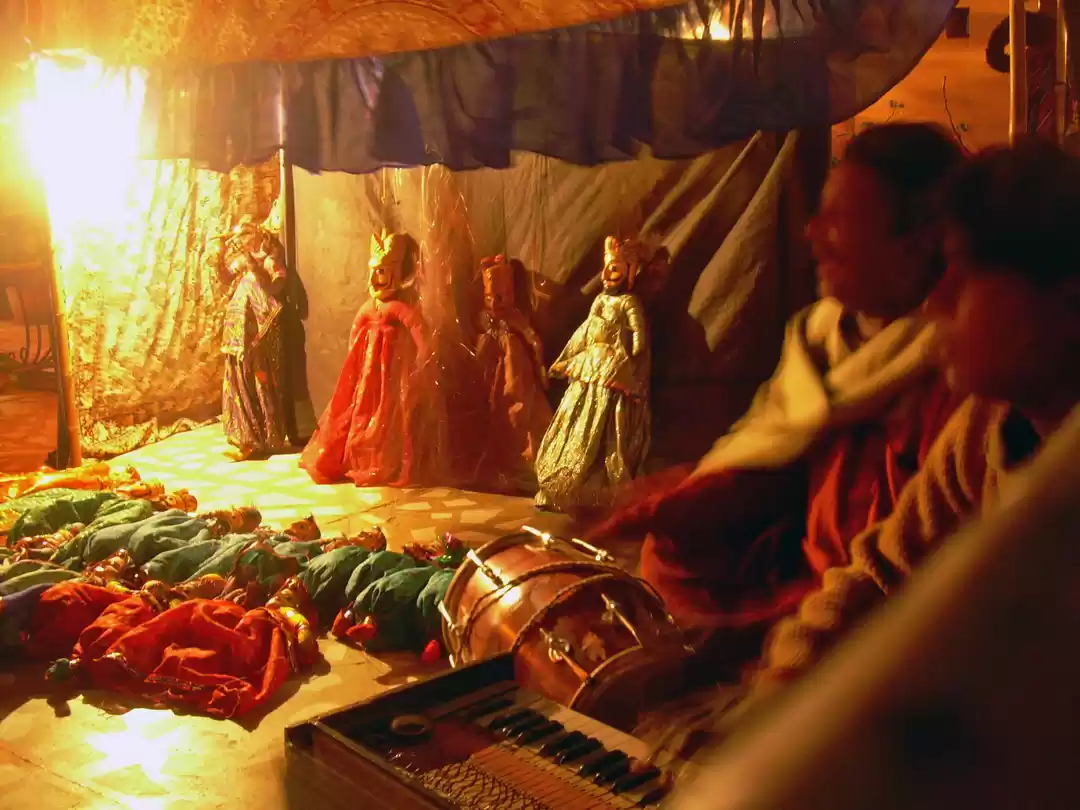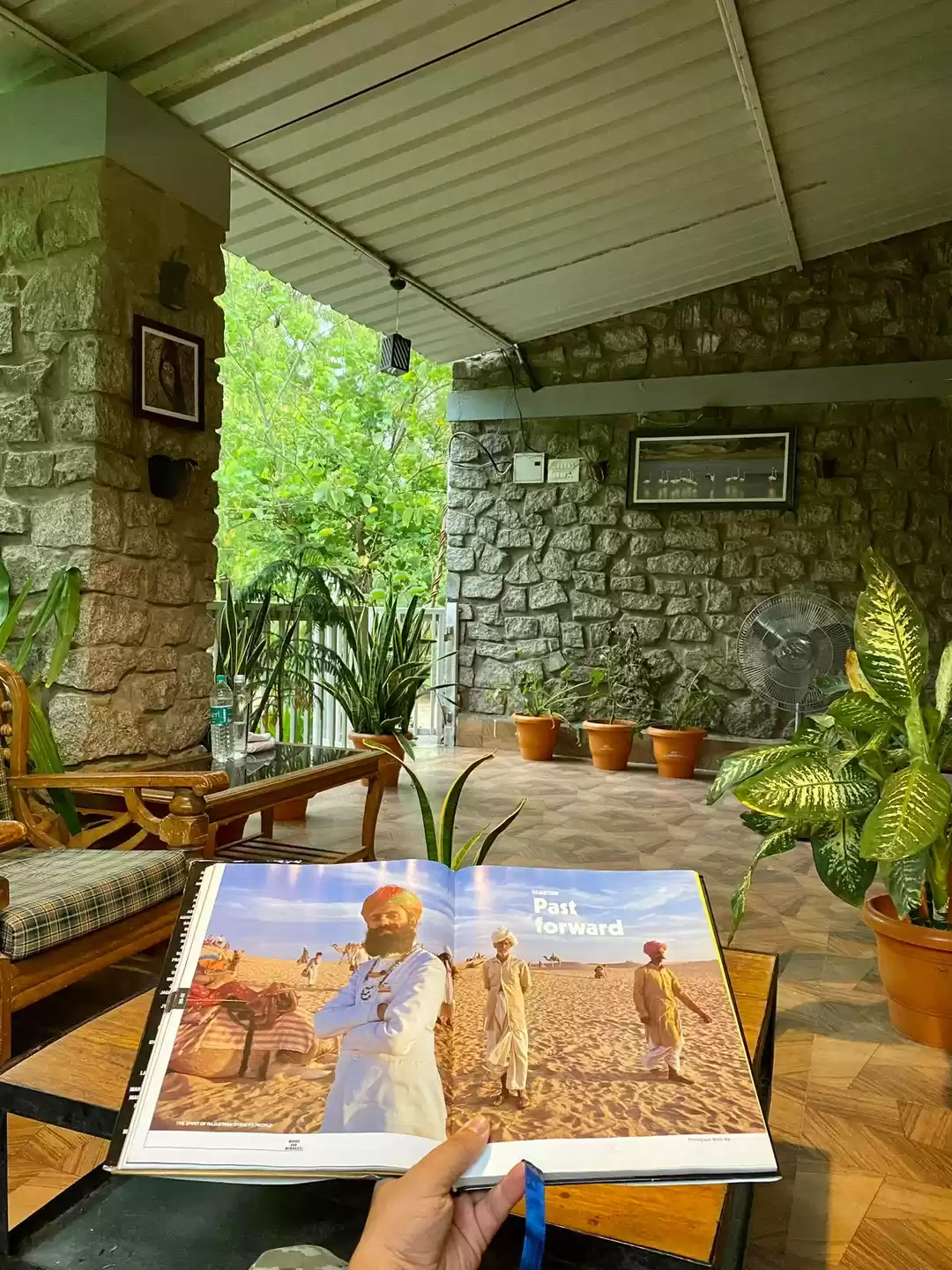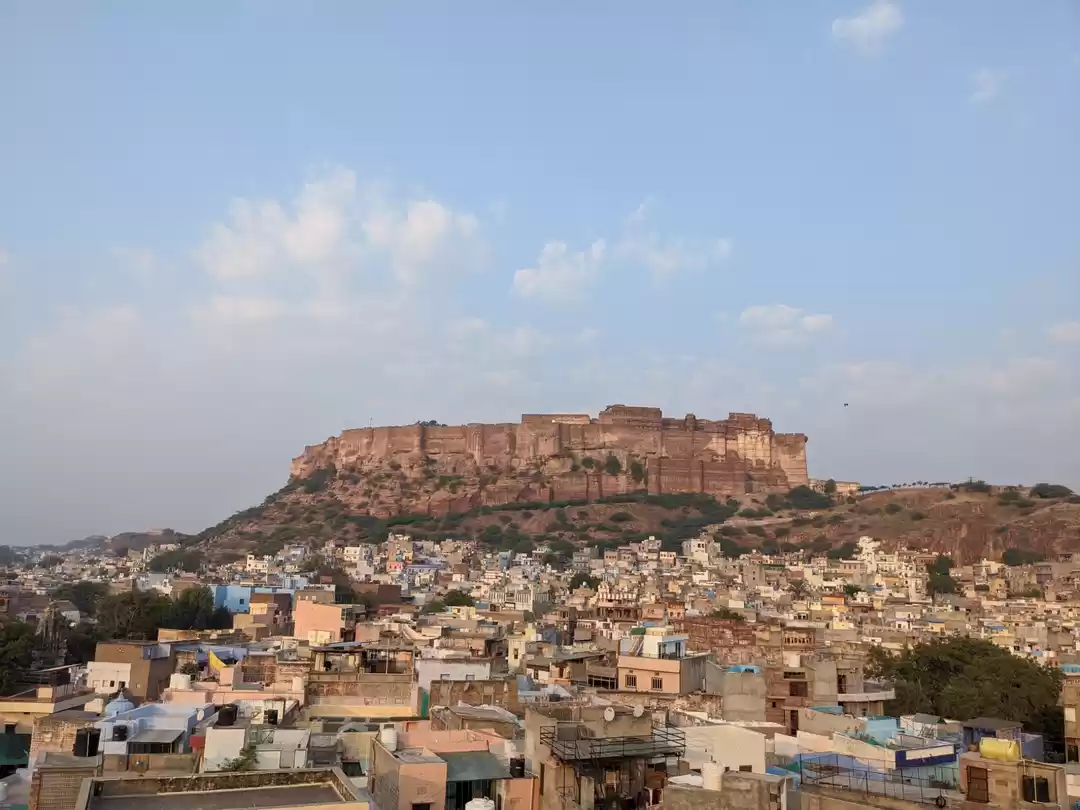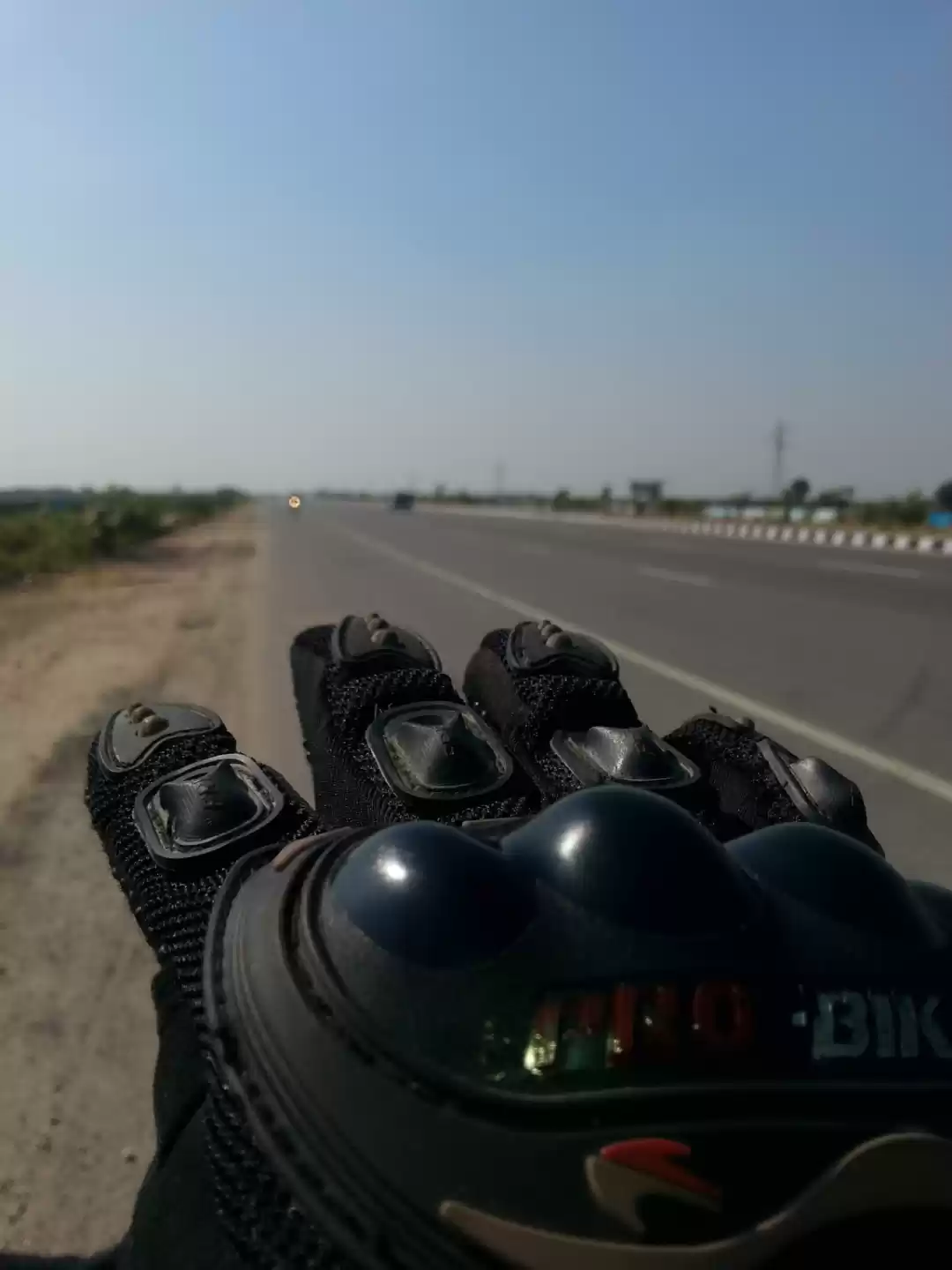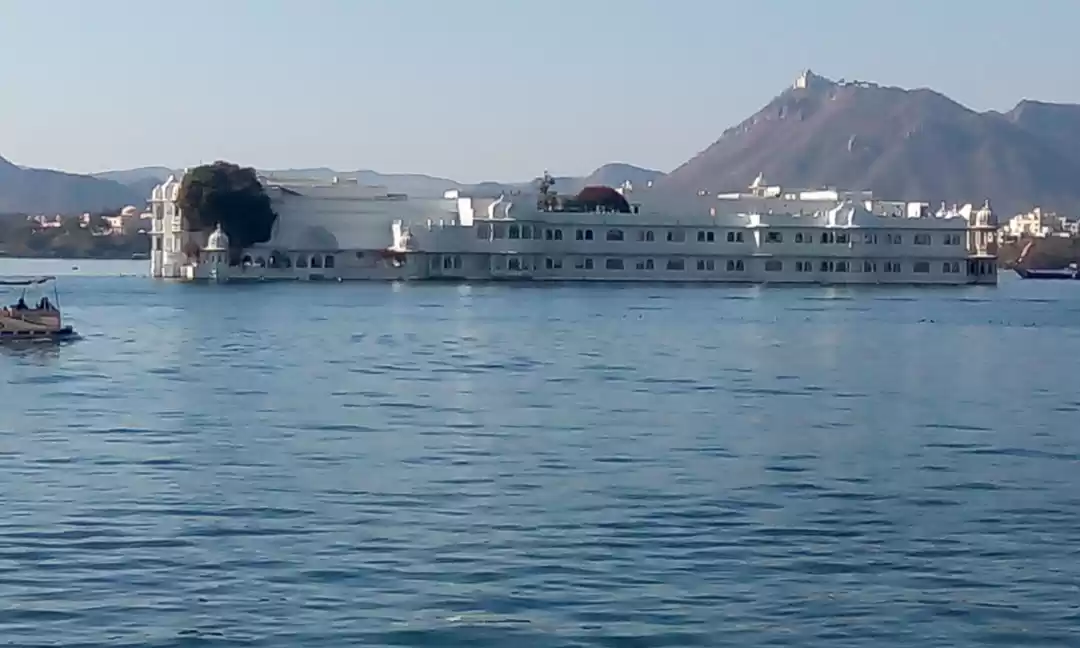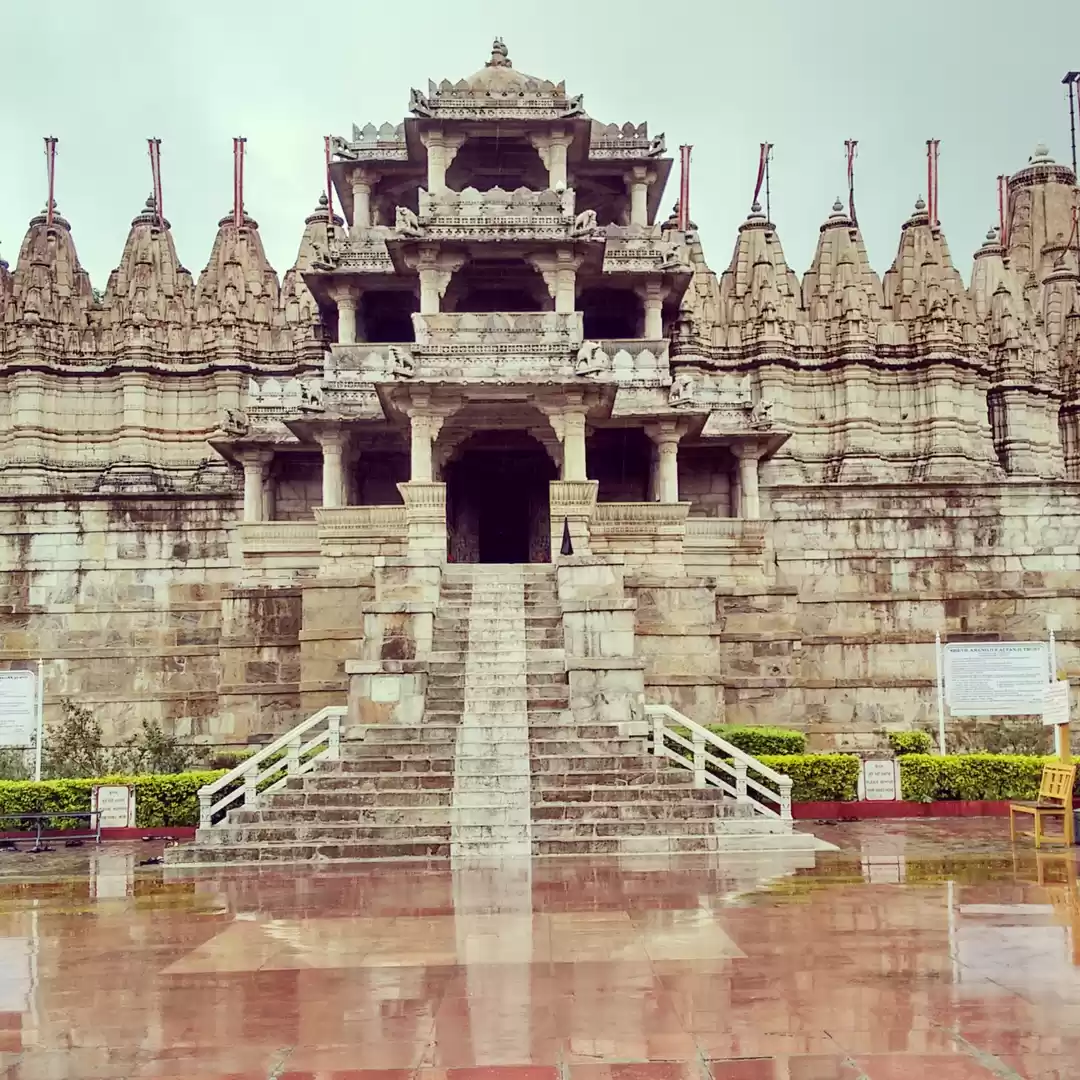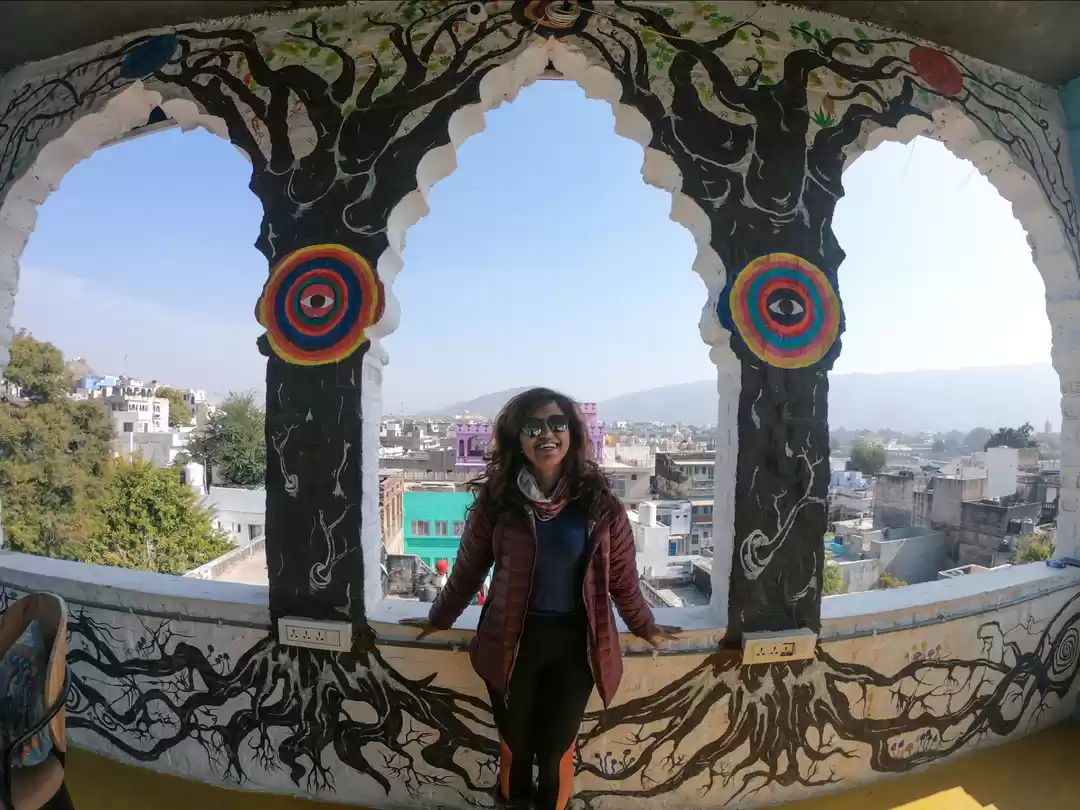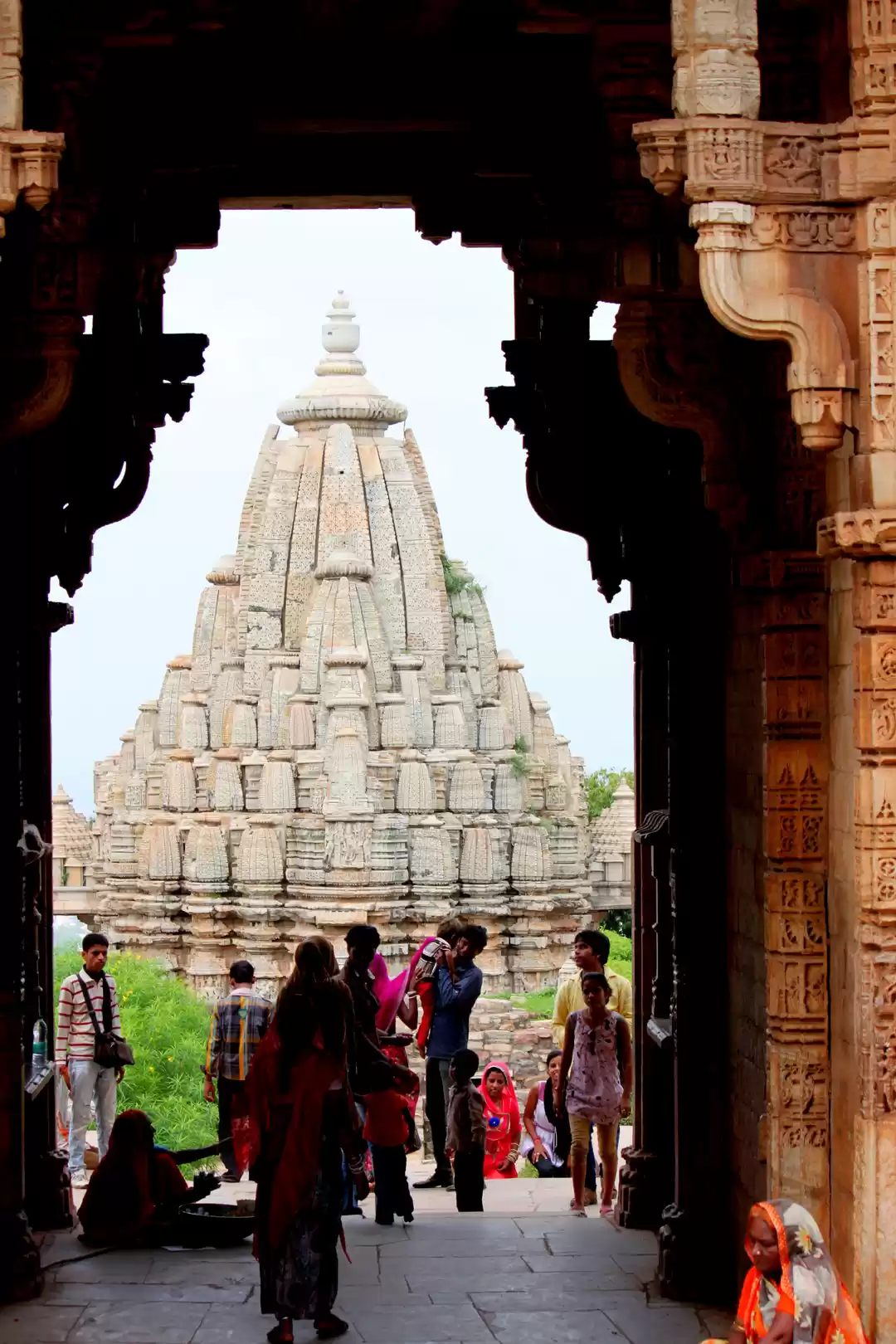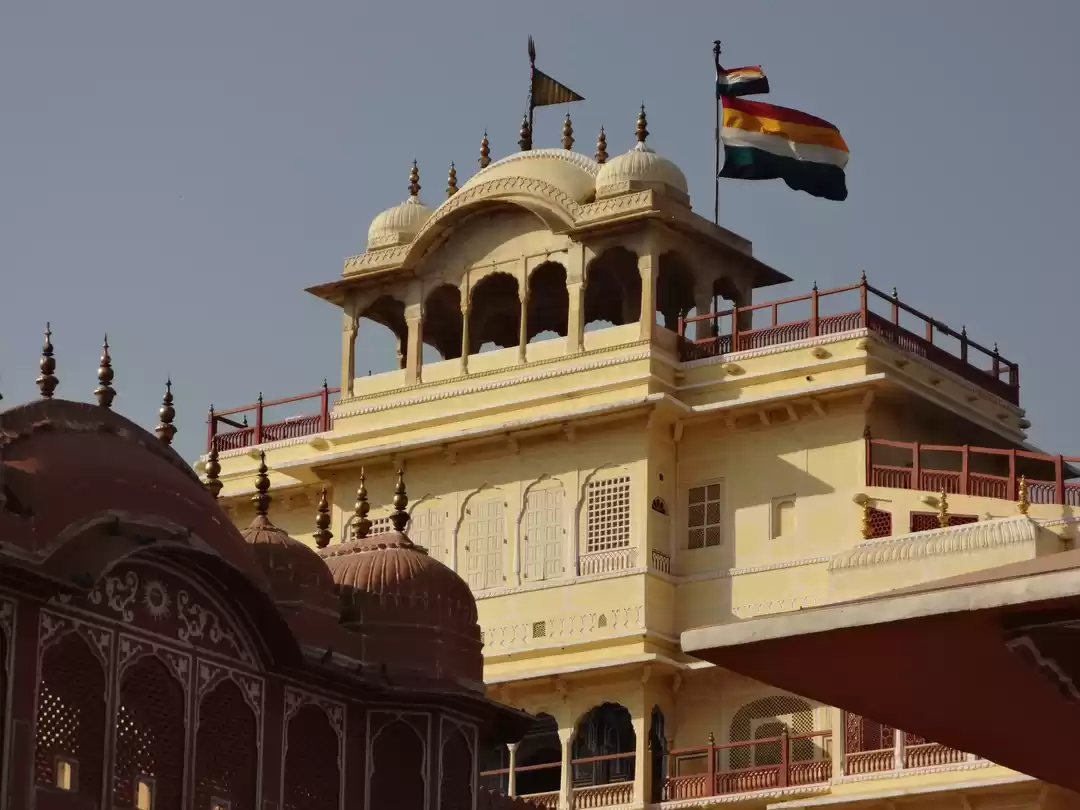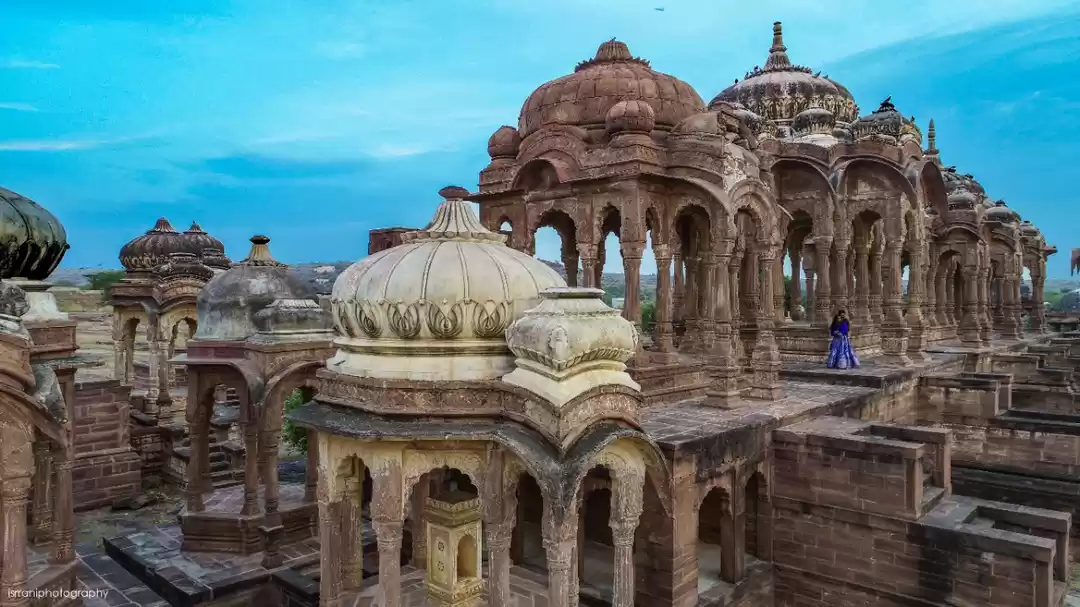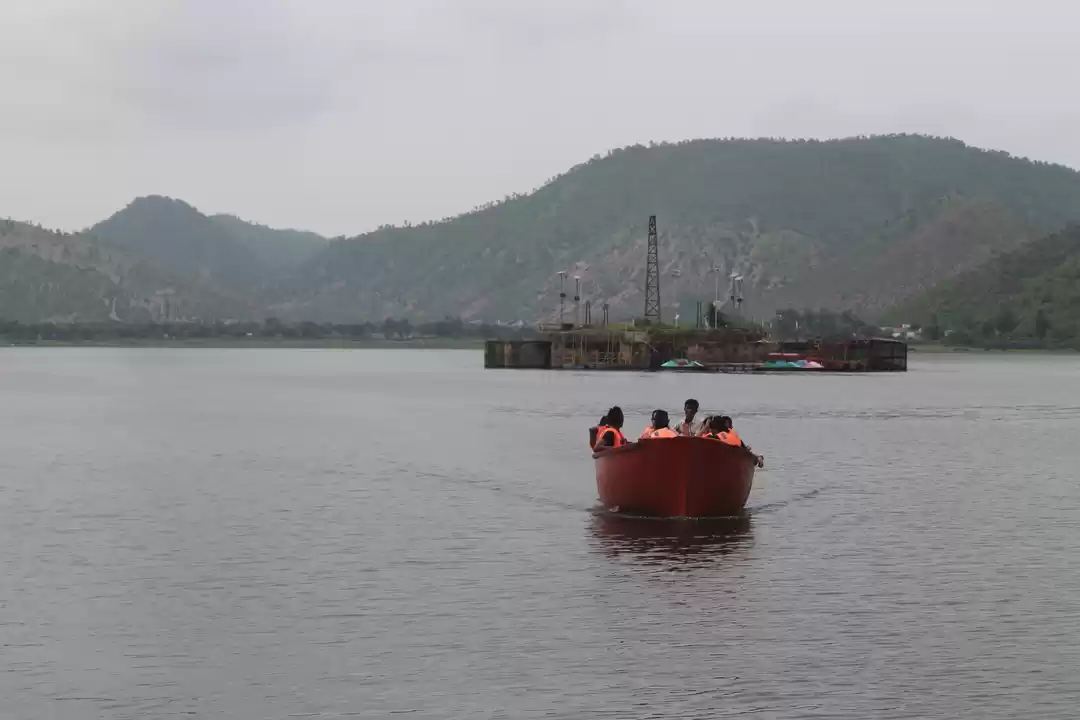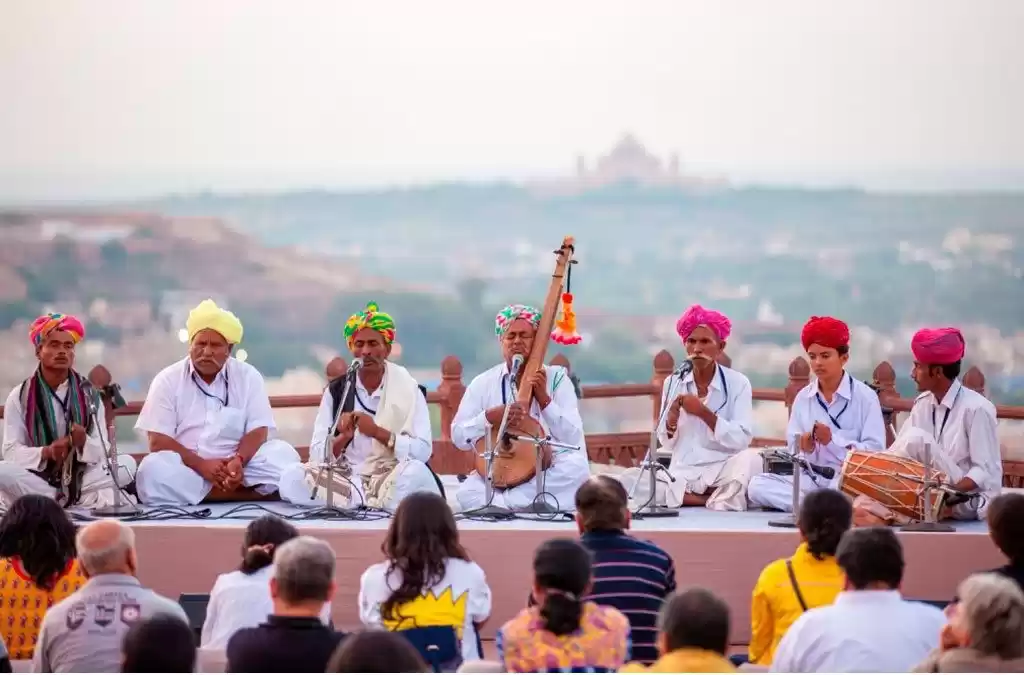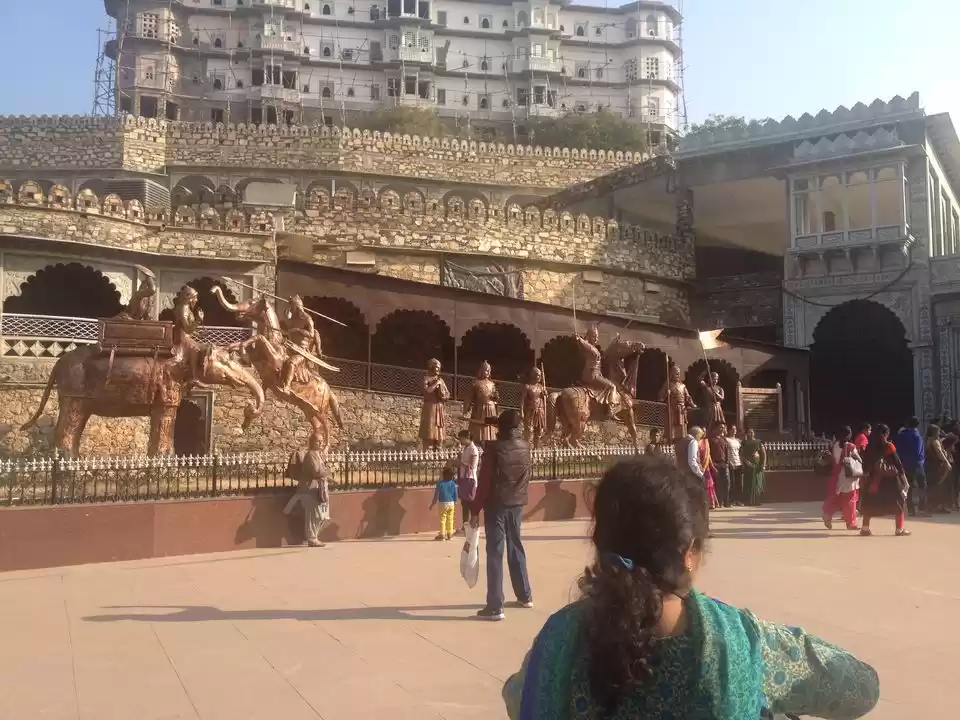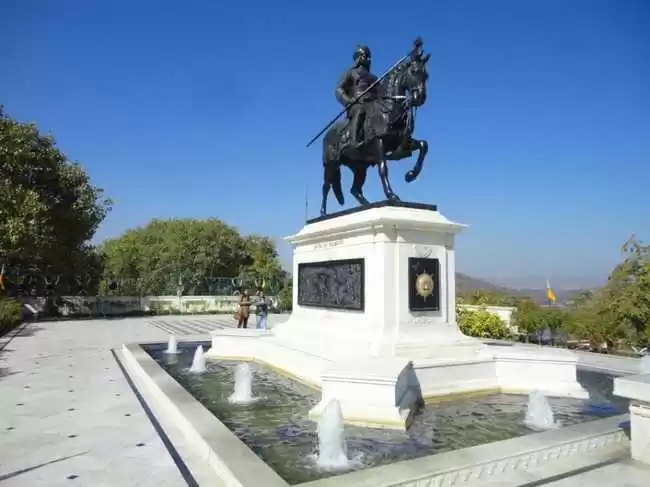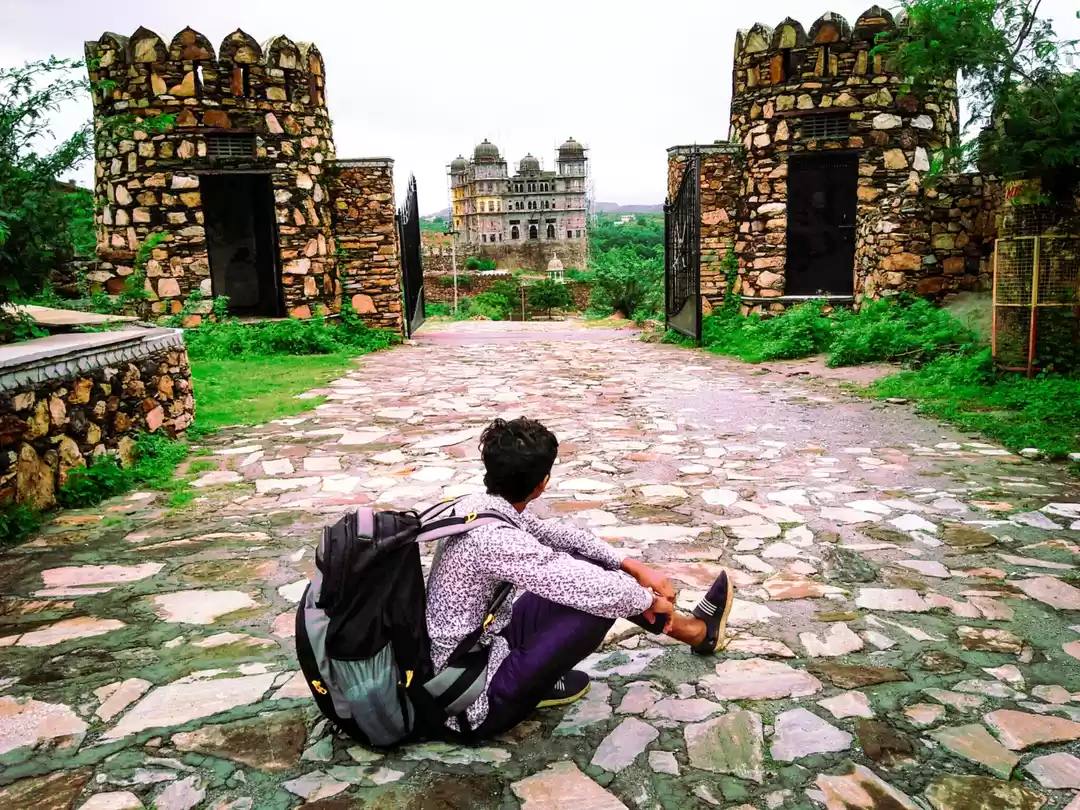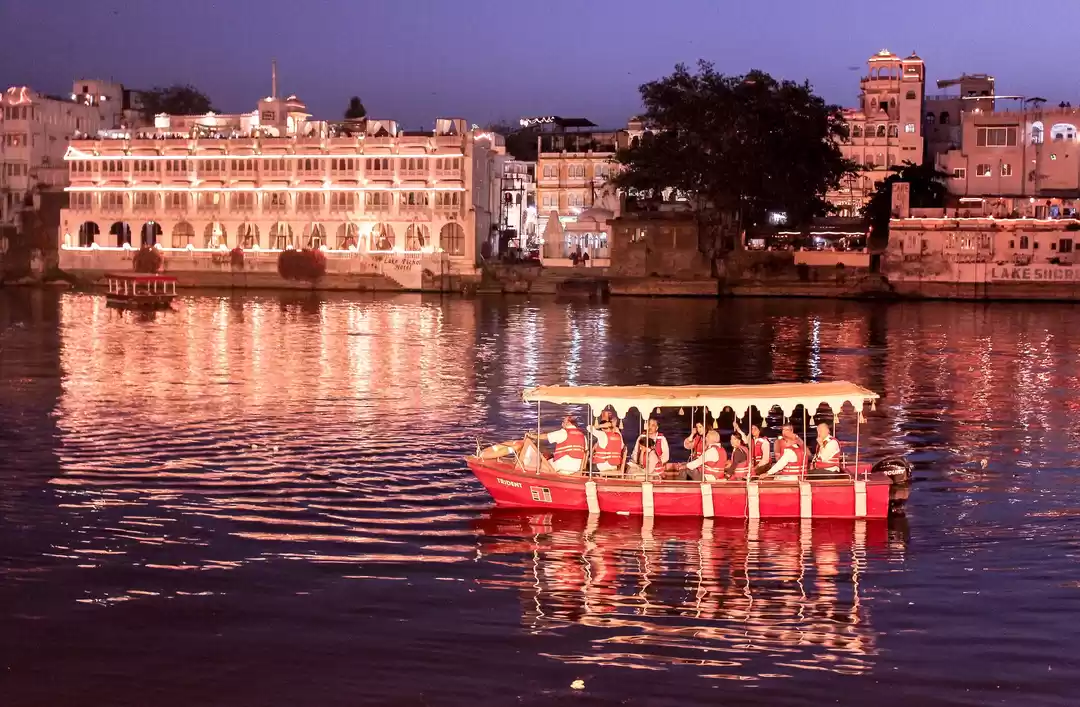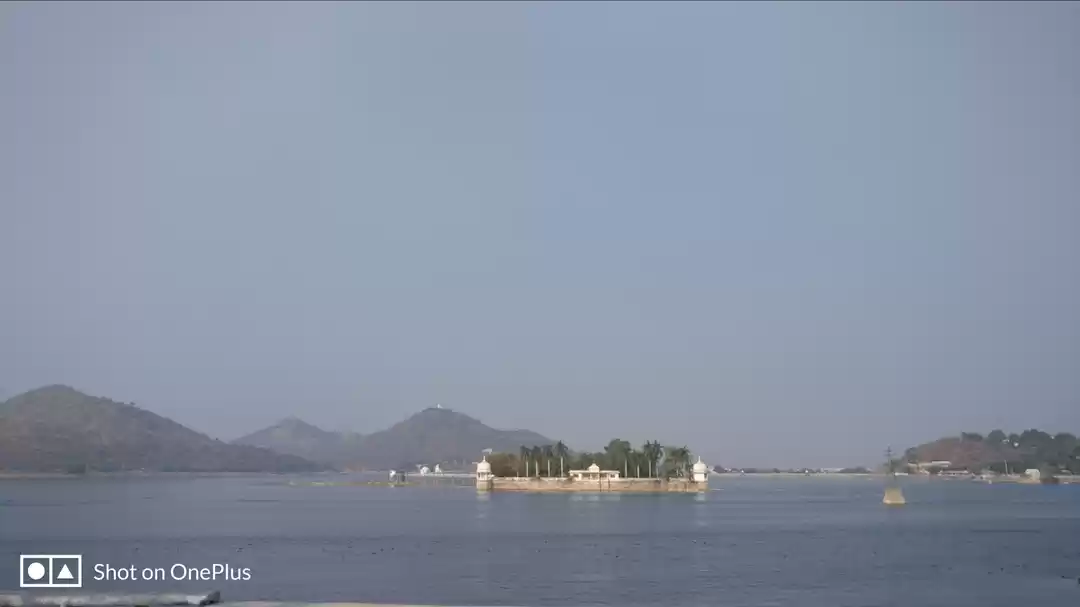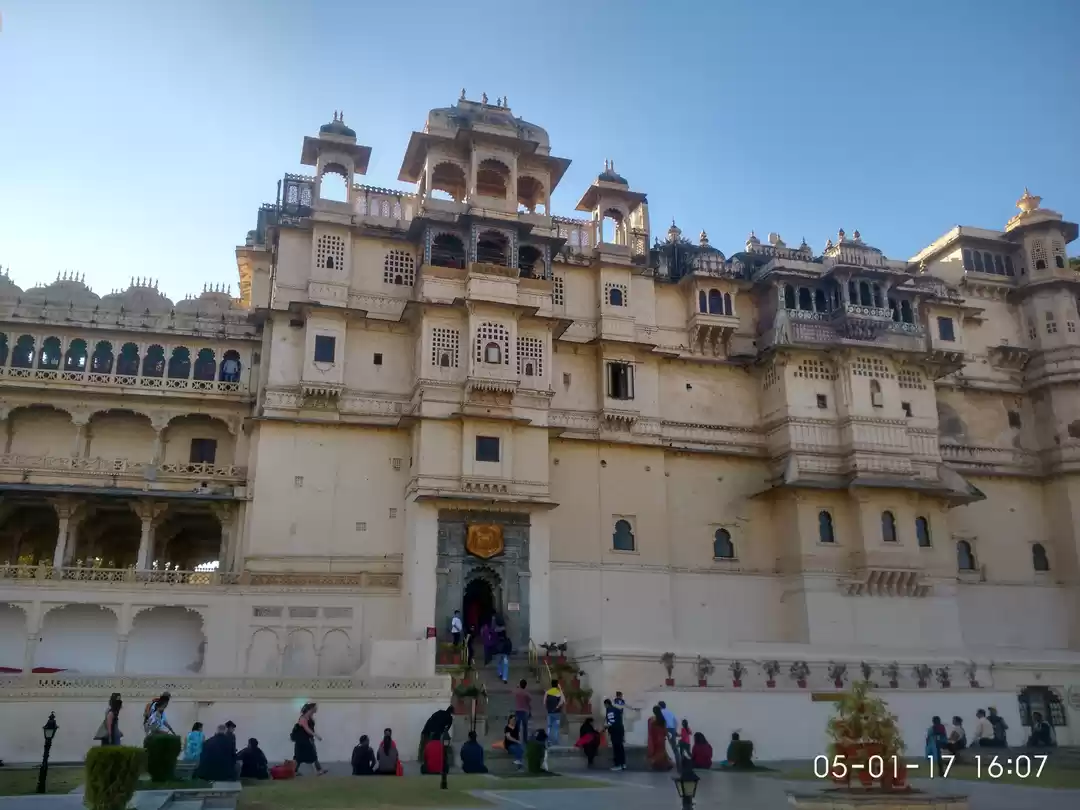#SwipeRightToTravel The next day I booked a ticket for the tour (guided word is deliberately avoided) of places around Udaipur. We motley group of people with diverse languages and even nationalities are waiting for the bus. We have a very beautiful woman from Spain in our bus. (In fact she is the only foreigner) She is wearing bangles, bindi and had henna on her hands. She had come for a friend's wedding in India. She tells me that she loved chai and Indian people. Good to see that in spite of the recent untoward incidents towards foreign women they still carry good impression about India and its people.
The bus arrives and all of us hop in. the bus is a sleeper bus which plies at the night time. It is being used during day time for sight-seeing tours to make more money. I am asked to sit cross-legged on the upper berth. I refuse. So I am given a lower berth at the last. The upper berth which I was offered is given to the foreigner. She happily climbs up and occupies her seat. I have had been on so many day tours in so many places in the country, but no where I was taken around in the sleeper bus. The disadvantage of sleeper bus apart from the fact that I have to sit cross-legged is that it comes with sliding Formica partitions. The family sitting on the opposite berth choses to closely guard their privacy and closes the partition. As a result while the bus is moving I am refused my right to see as to what is happening on the other side of the road.
Finally we all have settled on our seatsor in better words resigned to our fate. After an hour or so the bus stops at the highway. All of us are asked to get down and visit the temple to the left. We are at Ghaisyar. The driver doubles up as a guide to tell us about the spots we are visiting. However he miserably fails as a guide because he does not tell much apart from the instructions go here and go there.
We climb up the fleet of steps to visit the temple. There are wooden steps akin to those in an amphitheatre where all of us sit. The sanctum is curtained. The Spanish woman comes from behind. She does not know what is happening and is apprehensive to come in. She stands in the corridor. I ask her to come inside and sit, for the darshan will begin. I tell her about the custom whereby the doors of the sanctum are closed periodically and opened only seven times in a day. This was the knowledge which I had recently acquired from the Gujarati family seated next to me. As the driver has not dished out any instructions I feel that this is the famous temple of Shrinathji at Nathdwara. Again the Gujrati family adds to my knowledge by telling me that this is Ghasiyar where Shrinathji had stayed and not Nathdwara.
Finally the doors of the sanctum open and we prostrate before a picture of Srinathji. The foreigner asks me as to why the doors are closed and periodically opened. I tell her that it is because of customs followed since times immemorial.
Our next stop is haldi ghati. We climb up the hillock at haldi ghati. The mud hardly appears yellow. There is a museum perched on the hillock. All of us are asked to wait inside the gates by the cleaner who addresses the driver as Ustad. We wait there for more than fifteen minutes. Few members from our bus have already entered the museum. When I enquire with the cleaner as to where his Ustad is I am being told that he is having his meals. The Gujarati family comes with a resolution that we should not wait for him and enter the museum. I second their resolution and all of us enter the museum. The museum is akin to a theatre. We wait in the corridors as the gates of the hall are closed. Gujarati family is busy clicking pictures against the backdrop of Maharana's statue. The guard asks them if they possess a camera ticket. They show their camera tickets and reprimand the guard for being rude. The gates are opened and we enter a room which has the haldi ghati model in the middle. There are also swords, armour, helmets adorned on the walls for display. One voice welcomes us and asks us to come near the model at the centre. An employee of the museum tells us the story of haldi ghati by pointing out to the places by the pointer in his hands. We are told how Maharana's horse Chetak was disguised as an elephant and how he ran 5 kilometers in spite of losing his limb.
Then we make our way through a small door into a theatre which screens a short animated film on the great warrior. Thereafter we are on a guided tour of murals displaying various incidents from the life of the Maha Rana. At the exit are the stalls selling delicacies made from the roses, amla and other local produce. I purchased gulkand and amla chutney. I must say that the quality of the products is indeed worth admiring. There is a small pool with paddling boats. Due to the heavy rush to find their ways to the pedal and the micro size of the pool I decided to give up the thought of boating. The in house restaurant of the museum offered good food. They offered an unlimited thali for a fair price. But I had no appetite, so I gave up the idea of having lunch. Instead I settled for the sugarcane juice which was extracted live in front of you that too by a real kolu ka bail.
We board the bus again. As we move forward the cleaner announces to have a from the window darshan of Rana's horse Chetak's samadhi. But as the bus is moving and as the view of the other side is hindered by the partition I hardly get to see it.
We stop by the road to visit a cave where Rana had stayed. The cave is natural and is cool. There is a shivlingam near the cave. One Sadhu was meditating across the dhuni. I banged my head against the roof of the cave. As I rubbed my scalp, the Sadhu informed us that there is a secret alley through the cave which leads to Chittorgarh.
Next the bus navigates through a narrow road which is cut through the mountains. The cleaner jumps from the bus digs little gravel from the mountain wall and hops into the bus again. He shows the lump of the soil which he has extracted to everyone. It is indeed yellow in colour just like the turmeric after which the ghati is named as haldi ghati.
Now we are at the battle field. This place is called Rakt Talai. Talai means lake. Hundreds of soldiers were killed during the famous haldi ghati battle which took place in the monsoons. The rain water took the blood of the soldiers with it into the lake. As a result the lake appeared like a lake of blood. Hence the name Rakht Talai. The water from the lake dried up long back and people started encroaching on it. Therefore the government created a garden here. The garden has samadhis of various ministers who made the supreme sacrifice in the battle.






